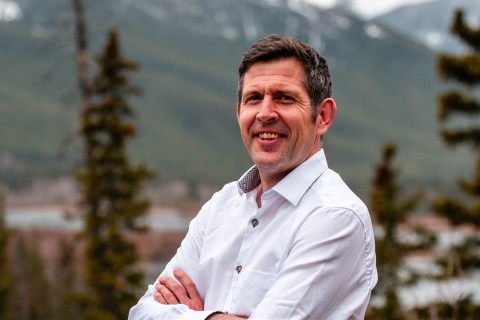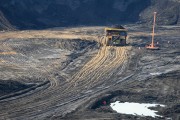Back in September 2006, we sounded alarm bells about the mismanagement of water withdrawals from the Athabasca River for oilsands development.
Fast-forward three and a half years, countless committee meetings and a $4.6-million study and, sadly, little has changed.
Last week the Calgary Herald reported that oilsands operators continue to refuse to halt water withdrawals when flows are low in the Athabasca River.
This news came after three years of work by the Cumulative Environmental Management Association through a committee reflecting industry, environmental, aboriginal and government representatives. The committee had the task of finding an acceptable balance between social, environmental and economic interests regarding water withdrawals from the Athabasca River.
In the end, the committee couldn't reach a consensus on an ecosystem base flow: the point at which no withdrawals by industry would be allowed. Even if the Athabasca River reaches critically low flows, two of the oilsands' biggest players, Suncor and Syncrude, want to keep on withdrawing the equivalent of 26 bathtubs of water every second.

While First Nations and environmental organizations don't think industrial needs should be allowed to put aquatic life at significant risk, industry appears to disagree. Let's be clear: we don't expect oilsands operations to run dry, but with simple water storage solutions industry can avoid taking water from the river during critical times (and these solutions are not expensive relative to capital costs of projects). Regulators could protect the river simply by forcing oilsands operators to build adequate storage facilities.
Alberta Environment Minister Rob Renner told the Calgary Herald this week that the reason for the study was to "ensure we have as rigid a regulatory regime in place that is necessary to protect not only the users of the river, but the ecosystem as well as the human population."
He pointed out the ministry has "almost unlimited powers" under the Alberta Water Act emergency provisions to protect rivers during severe drought.
But the province isn't taking any immediate action — for now, they're reviewing the ongoing disagreement.
Meanwhile, last week federal Environment Minister Jim Prentice called for a cleanup of the oilsands' reputation.
Luckily for Prentice, the federal government has the opportunity to set protective limits for the Athabasca River under its jurisdiction — it just has never done so.
There seems to be a common theme here: a lot of talk and very little action.









